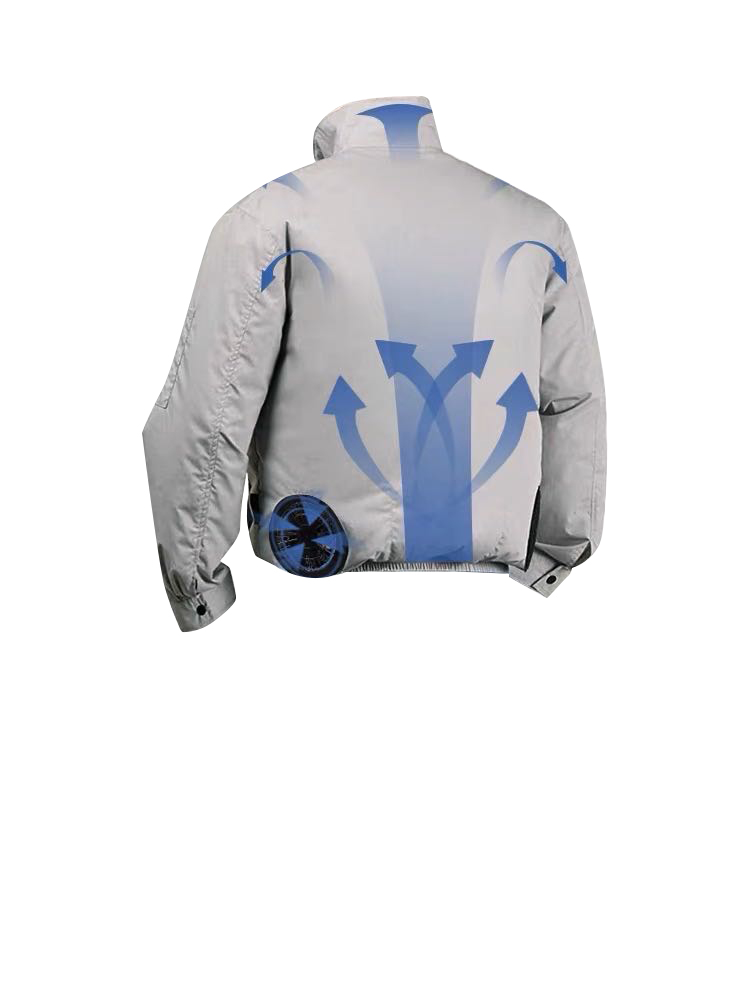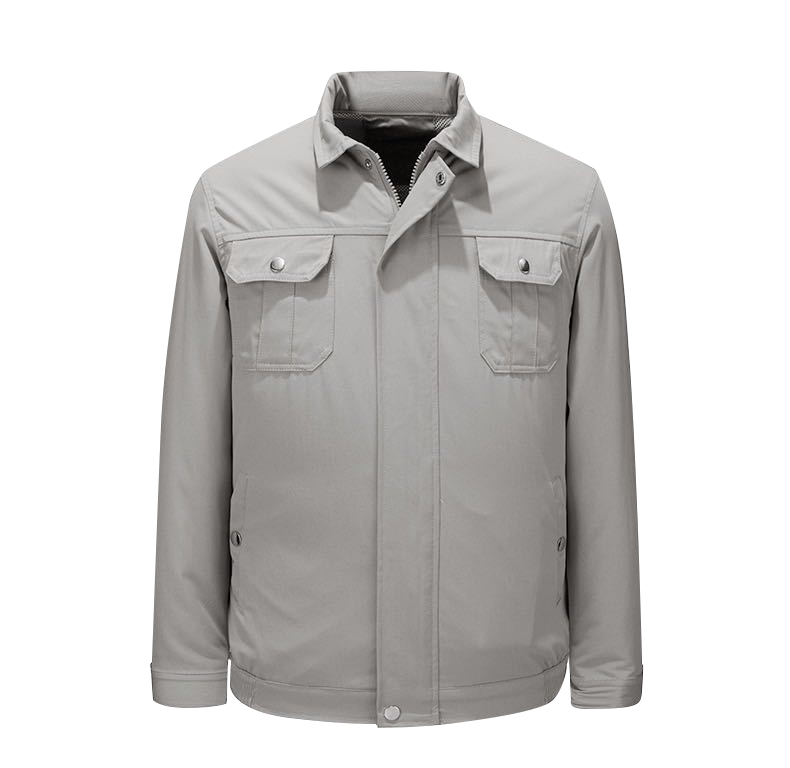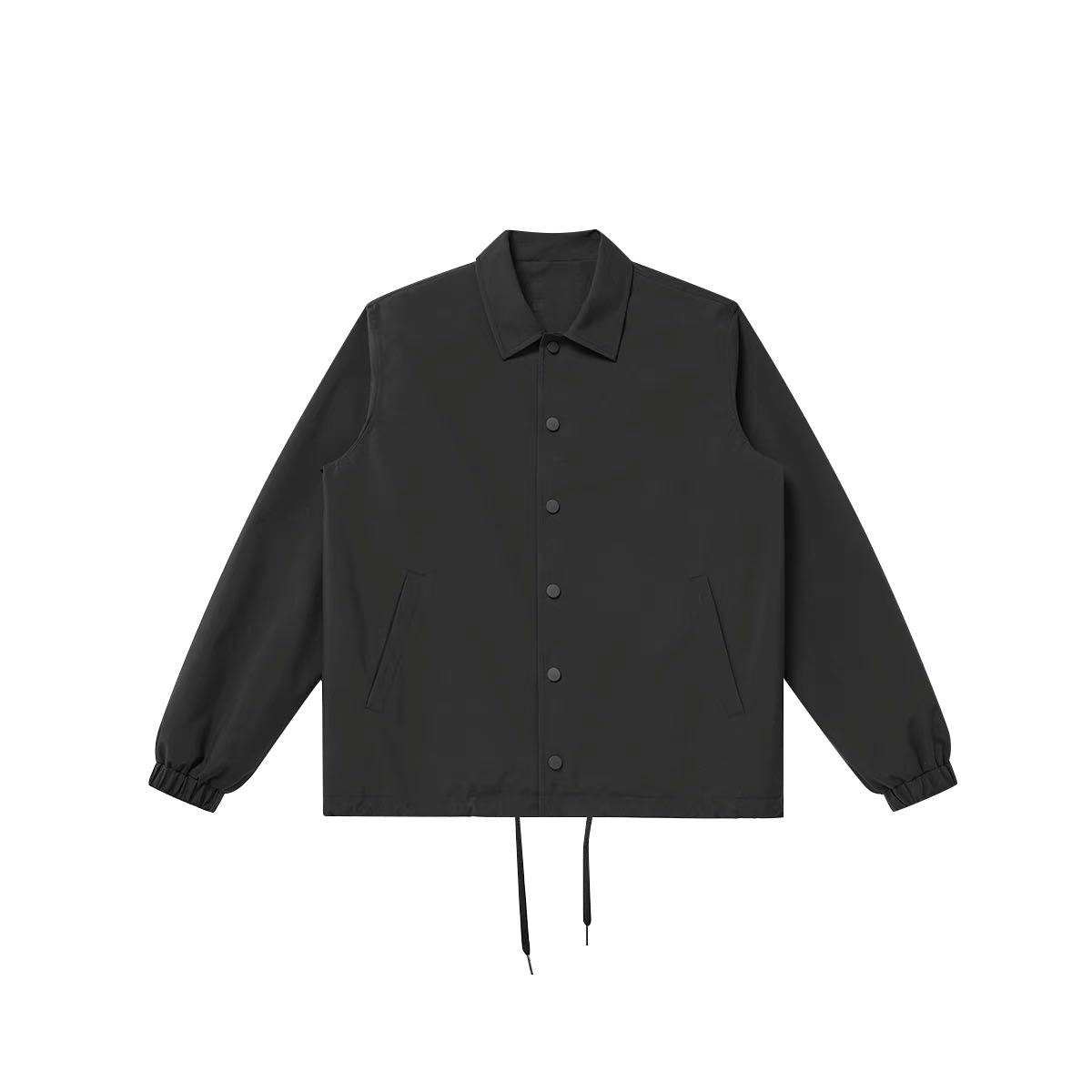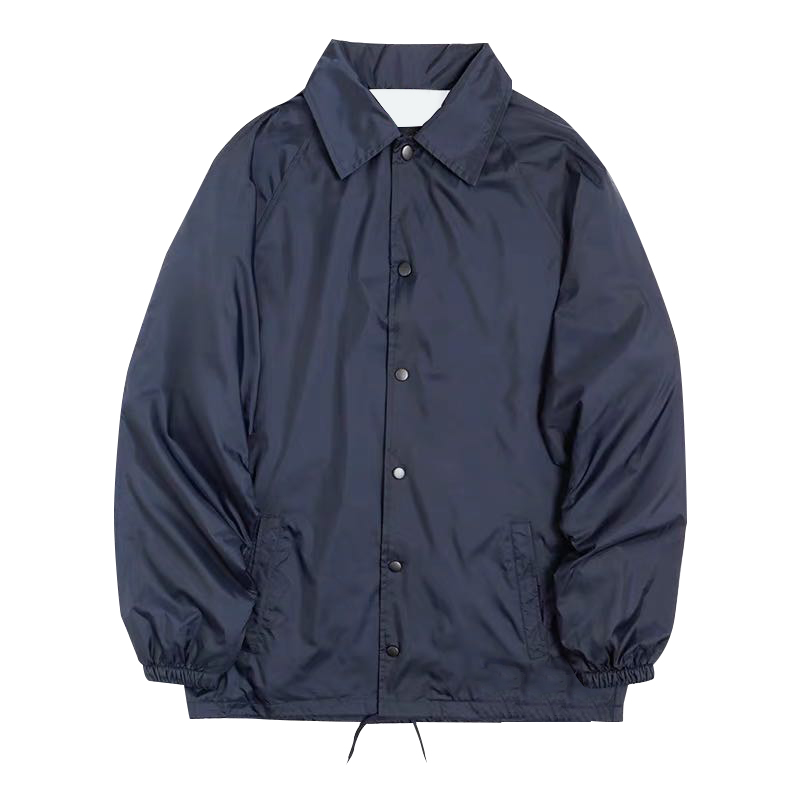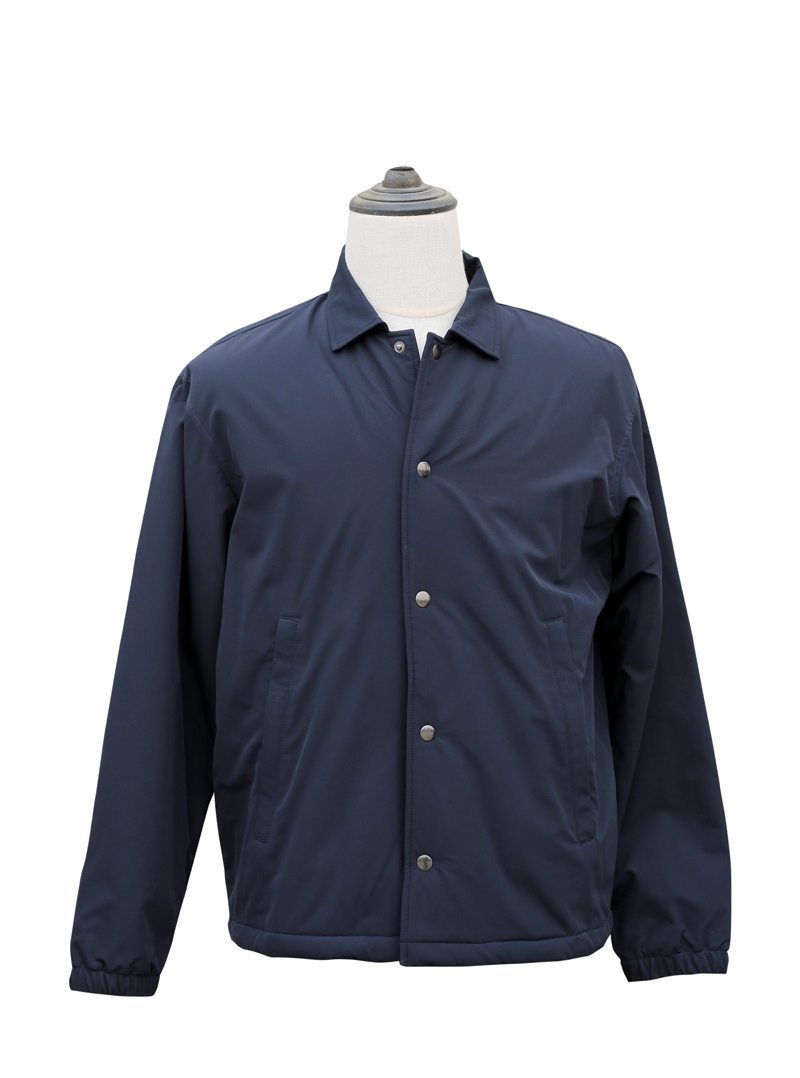
Work clothes
- We have 15 years of production experience in workwear.
- The materials used for work clothes include 100% polyester, nylon, and polyurethane.
- We can produce short-sleeved T-shirts with original sizes and designs.
- Work clothes are the perfect wear for events, corporate and store uniforms.
- The price of work clothes is reasonable.
- Inspection flow of work clothes: We will proceed with the first inspection, second inspection, and sampling inspection.
NEWWAY's Strengths
Please understand NEWWAY work clothes.
Why choose NEWWAY work clothes?
- One of the key points about NEWWAY’s work clothes is that they can be easily printed with a variety of prints (silk, inkjet, sublimation) and embroidered.
- NEWWAY’s work clothes have a variety of designs to choose from. You can choose one with multiple pockets, a reflective sheet, or a lining.
- NEWWAY work clothes are available in a wide range of sizes for men, women, and juniors.
- NEWWAY’s work clothes can be made from a variety of fabrics, including Duspo, Taslan, and Bonding.
- Because we own our own sewing factory, we are able to adjust the production process and control the production line, so we are able to accommodate short delivery times and small lots.
- NEWWAY has a complete inspection process. We will proceed with the first inspection, second inspection, and sampling inspection.
Tips for purchasing work clothes
Last manual: work clothes
Work clothes refer to clothing worn when performing various tasks. Also called work clothes or work clothes.
In some cases, it is designated as uniform for companies and factories, and some polyester materials are made from recycled PET bottle fibers.
There are also short-sleeved types and ones made of cotton for cold protection.
Depending on the specific work, there are also antistatic clothing that does not charge static electricity and flame retardant clothing that does not burn easily.
Carhartt and Dickies are also known as workwear brands. Jeans (denim) also had their roots as work pants.
The hickory stripes on a white background and navy blue background were devised as a pattern that would not show off dirt.
There are also painter’s pants, overalls, and coveralls.
These items have been praised for their design and functionality, and have even become fashion items today.
In Japan, it is said that due to the introduction of Western clothing, work wear in general began to become Western-style around the Taisho period.
Already during the Edo period, craftsmen such as firemen and steeplejacks were wearing crotch-style clothing that was similar to Western clothing and made it easier to move around.
Today’s steeplejacks often wear knickerbocker-style “knife uniforms,” which are said to have become popular as a way to maintain balance at heights and as a safety measure against protrusions.
In some rural areas, national costumes are used for agricultural work, and the dirndl, the national costume for women in southern Germany, is simple in decoration because it is based on farmers’ work clothes.
In Japan, ministers sometimes wear disaster prevention uniforms during disasters and other emergencies.
Although they look like work clothes, they may be made of flame-retardant materials such as aramid fibers.
Kogin (kogin) is a type of work uniform that is waist-length and either has no sleeves or has short sleeves.
In the Tohoku region, such as Aomori and Akita prefectures, this has long been the name for single-piece work clothes made of linen or cotton.
Geometric patterns and other patterns are embroidered on the chest and shoulders for reinforcement.
The sewing method was also referred to as “Sashikoi (Kohin)” and “Koin-Sashi (Kohin-sashi)” as a type of Sashiko.

